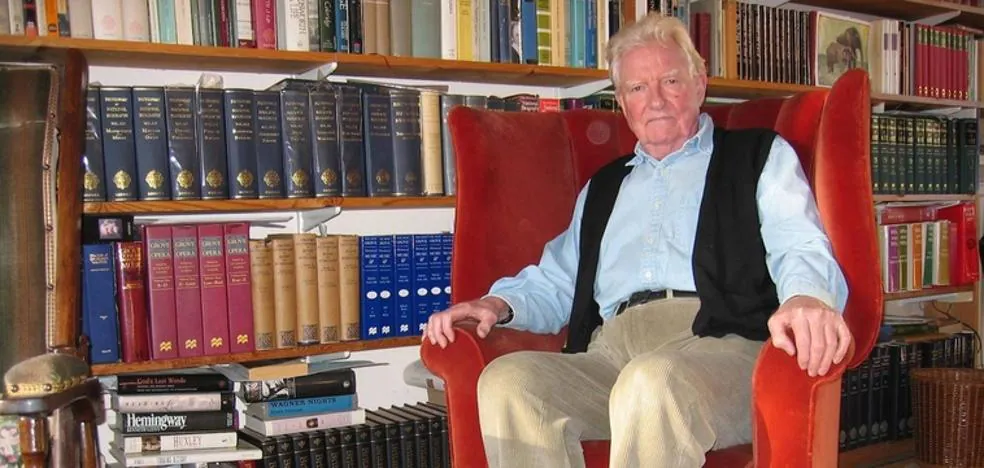The institution is equipped with a program to lend works to other museums in exchange for giving visibility to its pieces
The Prado goes far beyond the borders of Madrid. Works from the art gallery are scattered across all territories of Spain – except Cantabria, Ceuta and Melilla – often without the potential public knowing for whom they are intended, either because they remain stored and not exhibited, or simply because they are ignored his existence. This will change with the plan of the Ministry of Culture, which, in addition to making the 3,448 documents deposited in 279 institutions visible, wants to strengthen this lending policy. A ‘sine qua non’ condition for the transfer of the works is that they are exhibited. Pieces that are already in the museum or are likely to be, however, will not be lent out. The idea behind this project, which is called ‘Prado extended’, is to end the “Madrileñization” of the Prado, so that the museum center becomes truly national. “A national museum belongs to the whole country and the country doesn’t have a single zip code,” said Culture Minister Miquel Iceta.
The initiative presupposes a reallocation of the art gallery’s huge funds so that thousands of pieces will move in the coming years. For example, thanks to the loans, between 50 and 70 museums are strengthened. The idea of the cultural authorities is that the transfers do not happen unilaterally, but are the result of dialogue. We don’t want to repeat the experience of the past, when we started in 1860 to free up space, paintings that were not wanted or requested were transferred. Eventually, many of these pieces sleep in deposits that create dust.
Now we want to do better, we strive for a better territorial distribution of the works and that the transferred pieces fit in with the museographic discourse of the different centers. «What do we offer institutions that already have or can receive works? Let it be a relationship of dialogue and consensus, a continuous relationship that did not exist before, because it was only verified that the works were good,” said Prado’s director Miguel Falomir.
Of all the works of what used to be called ‘Prado disperso’, in 1978, which served to document all the cultural properties housed in the Prado outside Madrid, 57% have been found in other museums; 30% in government departments, such as ministries; 7% in religious institutions and the remaining 6% in embassies.
Both Iceta and Falomir stressed that there is no intention in anyone to create subsites of the museum, as the intention is for the Prado to continue to exist as it is today. In order to institutionalize the project, a logo has been created -Museo Nacional del Prado Extended- which will be mandatory displayed wherever transferred works are exhibited.
Outside the capital, there are already successful pilot experiences of this Prado. Among these are the Museum of Fine Arts in Oviedo, where ten works from the Prado have traveled in the past year and a half and another five are on the way, and the Fine Arts Gravina in Alicante, where 28 paintings by masters from Alicante have finished year landed. “It is not a question of quality, but of importance: what is not interesting in one place may be of great importance in another place,” said Falomir, who hinted that some borrowed works should be returned if there is no intention. to display them.
Another example of this traveling Prado is the Monastery of Santa María de El Paular, in the Sierra de Guadarrama, with 52 works by Vicente de Carducho telling the story of the Carthusian monks. To house this collection, the main cloister of the monastery was rehabilitated in its time.
And a Catalan museum, the Víctor Balaguer of Vilanova i la Geltrú (Barcelona), has contributed some ideas that inspire the program. “He was one of the first to receive works and they have always been very aware of what they had, they have always been proud, they have carried out activities around it, publications and a room dedicated to the Prado Museum”.
The institution, a leader in the field of restoration, conservation and management, offers to share its experience with other museums. To do this, he suggests that professionals from other places travel to the institution to train. “In return, we want it to be known that they have our works, that they are distributed and, if possible, the creation of Salas Prado”
Source: La Verdad
I’m Wayne Wickman, a professional journalist and author for Today Times Live. My specialty is covering global news and current events, offering readers a unique perspective on the world’s most pressing issues. I’m passionate about storytelling and helping people stay informed on the goings-on of our planet.



